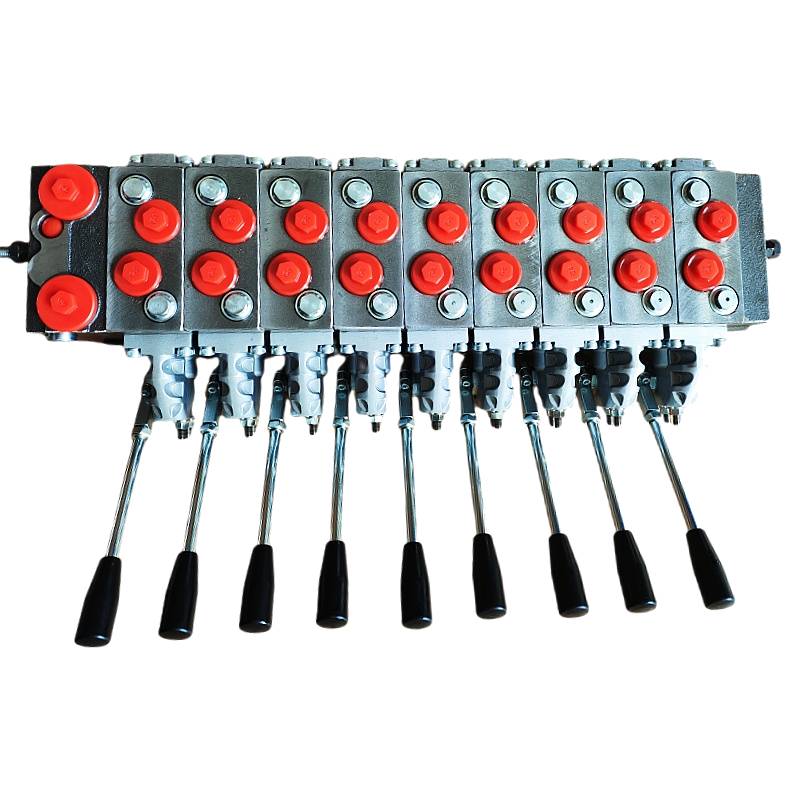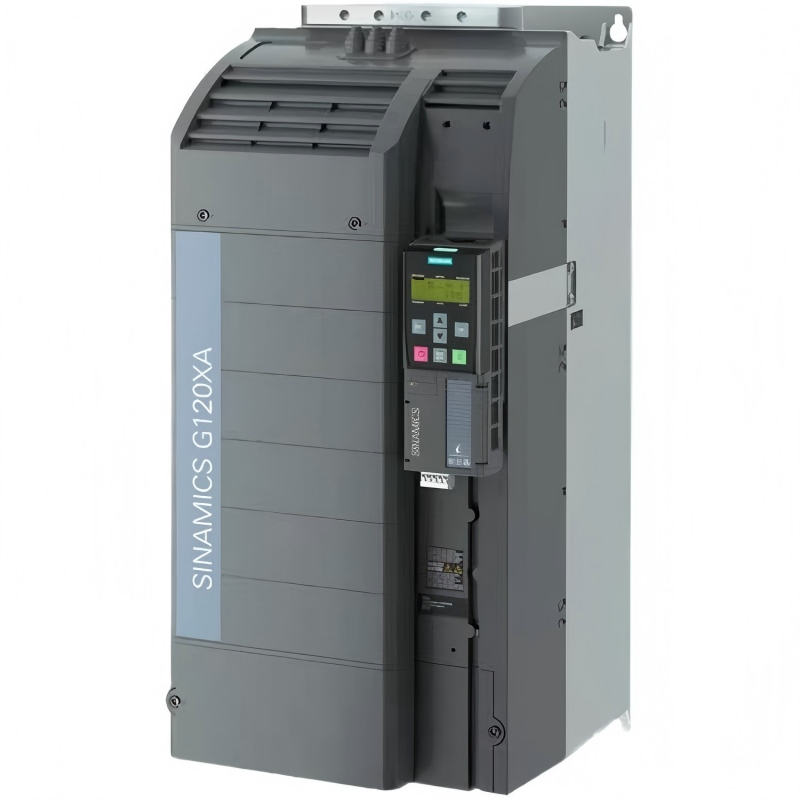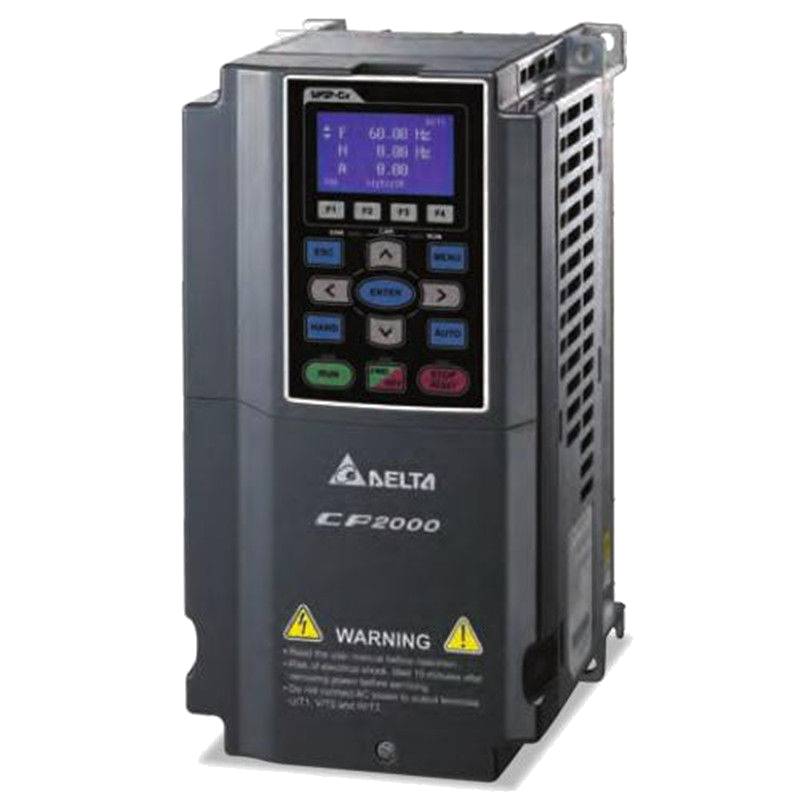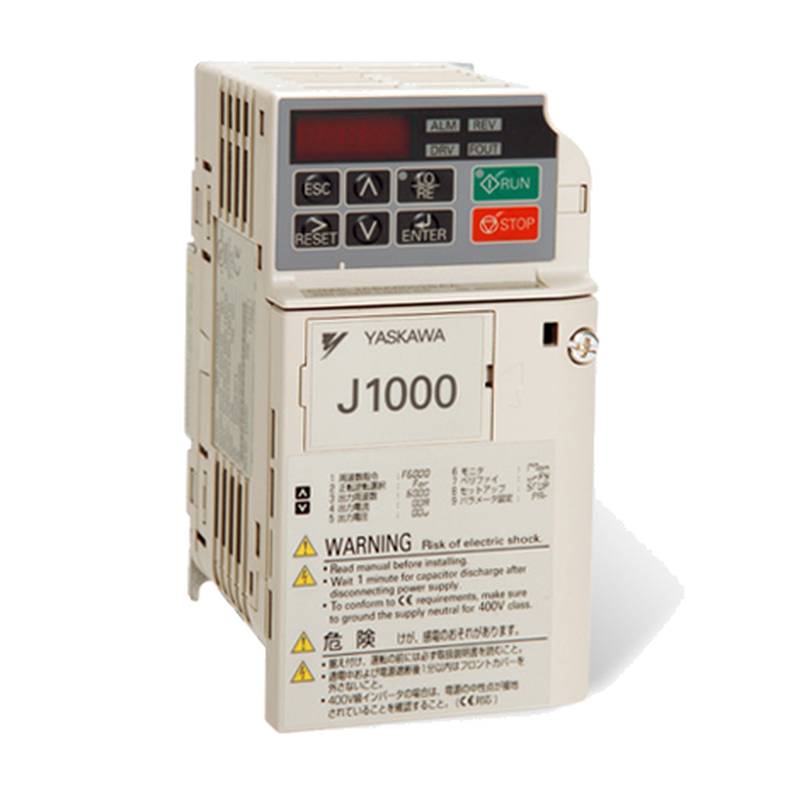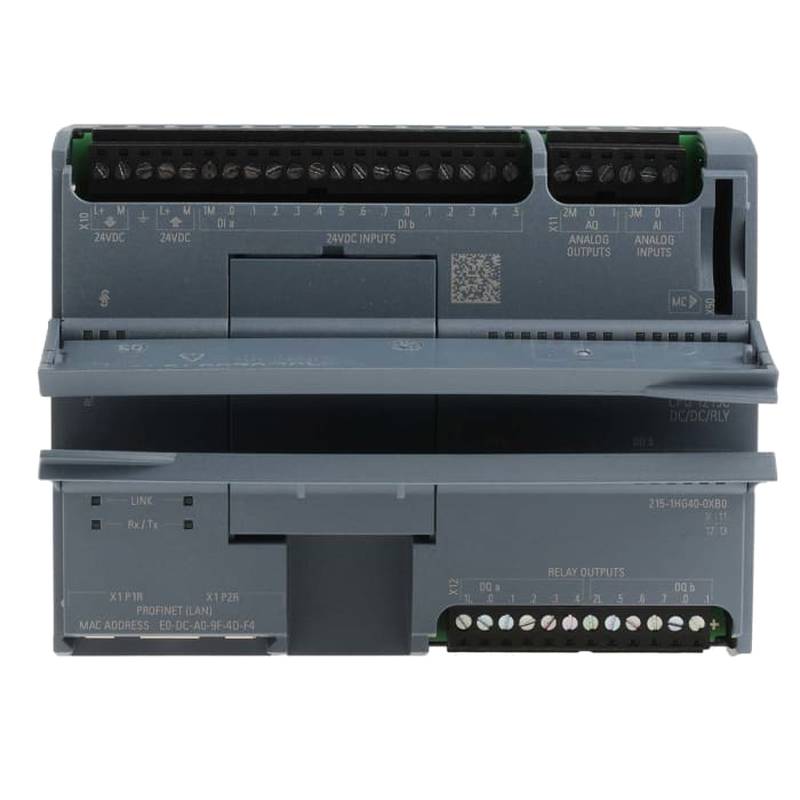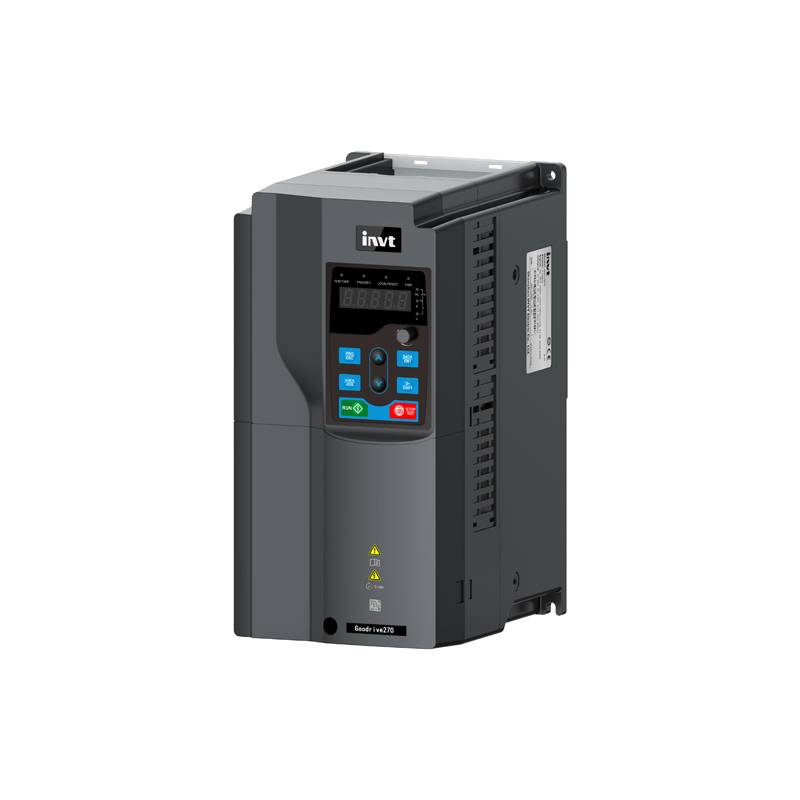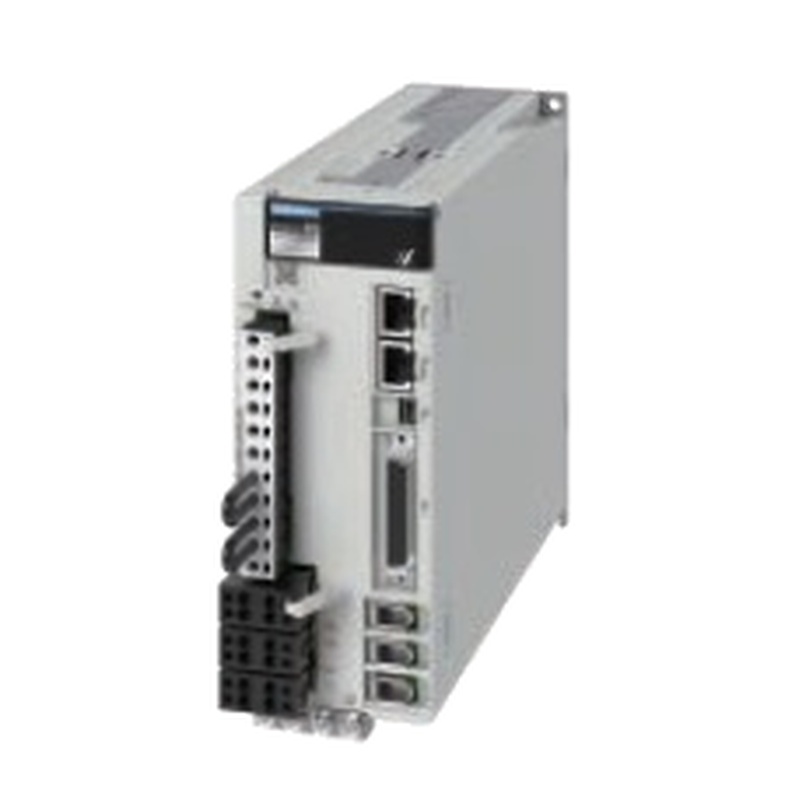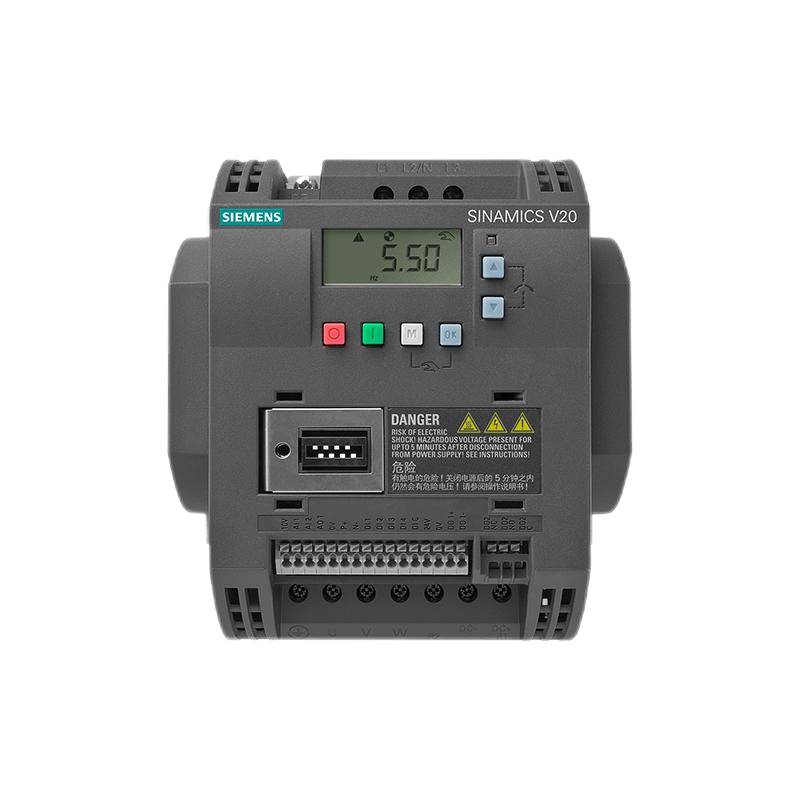
The YOULI YL-PV4/10S Multi-path Hydraulic Proportional Control Valve stands as a sophisticated solution for precision fluid control in demanding industrial applications. This valve excels in delivering accurate flow and pressure regulation across multiple circuits simultaneously, making it indispensable for complex hydraulic systems. Its core advantages lie in its high responsiveness, energy efficiency, and robust construction, ensuring reliable performance even under severe operating conditions. Key technical parameters include a maximum working pressure of 31.5 MPa (4568 PSI), a maximum flow rate of 200 L/min (52.8 GPM), and a wide operating temperature range from -20°C to +80°C (-4°F to 176°F). The YL-PV4/10S features an integrated electronic driver, simplifying installation and calibration.
Product Specifications
| Parameter | Specification |
| :------------------------ | :------------------------------------------ |
| Model | YL-PV4/10S |
| Valve Type | Multi-path Hydraulic Proportional Control Valve |
| Nominal Pressure | 31.5 MPa (4568 PSI) |
| Maximum Flow Rate | 200 L/min (52.8 GPM) |
| Control Method | Proportional Electronic Control |
| Number of Paths | 4 |
| Coil Voltage | DC 24V |
| Current Consumption | 1.2A (Max) |
| Operating Temperature | -20°C to +80°C (-4°F to 176°F) |
| Seal Material | NBR |
| Mounting Interface | ISO 4401-07-06-0-05 (CETOP 07) |
| Weight | Approx. 12.5 kg |
Core Features & Market Positioning
The YOULI YL-PV4/10S distinguishes itself through its advanced proportional control technology, enabling precise and dynamic adjustment of hydraulic fluid flow and pressure to individual circuits. This capability is critical in applications demanding fine-tuned movements and synchronized operations. The valve's multi-path design significantly reduces system complexity and component count compared to using individual control valves for each path, leading to lower installation costs and a more compact footprint. Its integrated electronic driver simplifies wiring and setup, offering plug-and-play functionality that reduces commissioning time and potential for errors. Market positioning for the YL-PV4/10S is firmly within the high-performance, industrial automation sector, catering to manufacturers and integrators seeking reliable, efficient, and sophisticated hydraulic control solutions that enhance system performance and energy savings.
Key Application Scenarios
The YOULI YL-PV4/10S Multi-path Hydraulic Proportional Control Valve finds extensive utility across various industries where precise and efficient hydraulic control is paramount. It is ideally suited for use in advanced injection molding machines, where synchronized control of clamping, injection, and ejection functions is crucial for product quality and cycle times. In the machine tool sector, the valve enables delicate control of cutting forces, tool positioning, and workpiece handling, enhancing precision and surface finish. Its multi-path capability makes it a strong candidate for sophisticated robotics and automation equipment, facilitating complex movements and coordinated actions. Furthermore, it is deployed in specialized material handling systems, agricultural machinery, and construction equipment requiring dynamic load management and precise actuator response.
Practical System Integration Guidance
Integrating the YOULI YL-PV4/10S into existing hydraulic systems requires careful attention to electrical and hydraulic connections. Electrically, the valve requires a stable DC 24V power supply for its integrated driver. The wiring harness should be connected according to the pinout specified in the YOULI technical documentation, typically involving connections for power, ground, and the control signal input. For optimal performance, the control signal should be a proportional current or voltage signal generated by a PLC or dedicated motion controller, calibrated to match the valve's specifications. Hydraulically, the YL-PV4/10S utilizes the widely adopted ISO 4401-07-06-0-05 mounting interface, ensuring compatibility with standard manifold blocks. Proper port identification (P for pump, T for tank, A/B/C/D for work ports) is essential for correct plumbing. Ensure all hydraulic lines are clean and free from contaminants before connection to prevent internal damage or operational issues.
Operation and Risk Mitigation
Safe and effective operation of the YOULI YL-PV4/10S valve hinges on adherence to operational parameters and proactive risk mitigation. Always operate the valve within its specified pressure (31.5 MPa) and flow rate (200 L/min) limits to prevent mechanical overstress or premature wear. Ensure the hydraulic fluid used meets the required cleanliness standards and is compatible with the NBR seals at operating temperatures between -20°C and +80°C. Before energizing the system, perform a thorough system check, including verifying correct electrical connections and hydraulic plumbing. Regularly inspect the valve for any signs of leakage or external damage. In the event of system malfunction, common troubleshooting steps include checking the control signal integrity, verifying power supply to the valve driver, and confirming the hydraulic system is free from air or blockages. While specific fault codes are typically communicated through the controller, deviations in expected system response are the primary indicators of potential issues.
Scalability & Long-Term Value
The YOULI YL-PV4/10S offers significant long-term value through its inherent design for scalability and integration into modern industrial automation ecosystems. Its modular, multi-path configuration allows for system expansion by adding more YL-PV4/10S units or complementary YOULI valves to control additional circuits, providing a flexible approach to growing operational demands. Compatibility with standard manifold interfaces and industry-standard control signals ensures seamless integration with existing or new PLC systems and HMI interfaces. For facilities embracing Industry 4.0, the YL-PV4/10S can be readily integrated with IIoT platforms. By leveraging sensor feedback and advanced control algorithms, it contributes to predictive maintenance, energy optimization, and enhanced process monitoring, thereby future-proofing hydraulic system investments and maximizing operational efficiency over the long term.
FAQs
Q1: What are the primary benefits of using a multi-path proportional control valve?
A multi-path valve consolidates control for several hydraulic circuits. It reduces component count and plumbing complexity. This leads to a more compact and cost-effective hydraulic system design.
This design optimizes system layout and minimizes potential leak points. It streamlines installation and maintenance efforts significantly. Multi-path valves enhance overall system efficiency and reliability.
Furthermore, they allow for simultaneous, precise control of independent functions. This is crucial for synchronized operations in complex machinery. The integration of multiple functions into one unit enhances performance.
Q2: How does the electronic driver simplify installation and operation?
The integrated electronic driver simplifies wiring by eliminating external controllers for basic valve function. It allows for direct connection to a PLC or control system. This reduces the number of components and potential failure points.
Calibration is also streamlined, often involving parameter adjustments via software or simple interface. This speeds up commissioning and reduces setup time for technicians. The driver ensures precise control signals are delivered to the valve.
It provides diagnostics capabilities, aiding in troubleshooting and fault identification. This enhances system uptime and reduces maintenance costs. The driver is designed for reliable performance in industrial environments.
Q3: What is the maximum flow rate and pressure capacity of the YL-PV4/10S?
The YOULI YL-PV4/10S valve can handle a maximum flow rate of 200 liters per minute. This capacity makes it suitable for high-demand hydraulic applications. It ensures ample fluid delivery for actuators and systems.
Its maximum working pressure is rated at 31.5 MPa (approximately 4568 PSI). This robust pressure capability ensures reliable operation in demanding industrial environments. It can withstand significant hydraulic forces.
Operating within these specified limits is crucial for valve longevity and system safety. Exceeding these parameters can lead to premature wear or catastrophic failure. Always consult system design requirements.
Q4: Can this valve be used in extreme temperature environments?
Yes, the YL-PV4/10S is designed for a broad operating temperature range. It can function reliably in environments from -20°C to +80°C (-4°F to 176°F). This wide spectrum ensures versatility.
The valve's seals, typically made of NBR, are chosen for their resilience. They maintain their integrity and sealing properties across this temperature range. This is vital for preventing leaks.
Users must ensure that the hydraulic fluid used is also suitable for the intended operating temperatures. Proper fluid selection is key to maintaining performance and preventing damage. This ensures consistent hydraulic power.
Q5: What is the mounting interface standard for the YL-PV4/10S?
The YOULI YL-PV4/10S utilizes the ISO 4401-07-06-0-05 standard for its mounting interface. This is also known as CETOP 07. This standardized interface is widely recognized in the industry.
This allows for direct mounting onto standard manifold blocks. It ensures compatibility with a vast array of existing hydraulic infrastructure. Integration into new or existing systems is therefore simplified.
This common standard facilitates easy replacement or upgrade of valves. It reduces the need for custom manifold designs. This promotes interchangeability and accessibility of components.
Q6: What type of control signal is typically used with this valve?
This valve typically operates using a proportional current or voltage control signal. This signal is generated by a higher-level controller, such as a PLC. The signal dictates the valve's spool position.
The electronic driver within the valve interprets this analog signal. It then precisely controls the electromagnet's force. This results in accurate and proportional flow or pressure regulation.
The specific signal range (e.g., 0-10V or 4-20mA) will depend on the controller and valve configuration. Proper signal matching and calibration are essential for optimal performance. It ensures the valve responds as intended.
Q7: How can I ensure proper installation to avoid common issues?
Ensure the hydraulic system is thoroughly flushed before installation. This removes any contaminants that could damage the valve's internal components. Verify all hydraulic connections are tight and correctly ported.
Electrically, confirm the correct DC 24V power supply. Double-check the wiring against the valve's technical diagram to prevent incorrect connections. Ensure proper grounding for stable operation.
Before full operation, perform a low-pressure functional test. Gradually increase pressure while monitoring for leaks or unusual noises. This phased approach helps identify issues early.
Q8: What are the key considerations for system integration with PLCs?
When integrating with a PLC, ensure the PLC's output signal matches the valve's input requirements. This might involve using analog output modules for current or voltage signals. Select appropriate signal conditioning if needed.
Program the PLC to generate the correct control signal profile for desired valve response. This includes ramp-up/down times and setpoints for flow or pressure. Understand the valve's response characteristics.
Implement feedback loops where necessary, using sensors to monitor actual system performance. The PLC can then adjust the valve's command signal in real-time for precise control. This enables closed-loop operation.
Q9: How does the multi-path design contribute to energy efficiency?
By precisely controlling flow to each circuit as needed, the valve minimizes unnecessary energy consumption. It avoids over-pressurizing or excessive flow. This reduces wasted energy.
The proportional control allows for optimized actuator speeds and forces. Systems can operate at the exact hydraulic parameters required. This direct control prevents energy losses associated with throttling.
Compared to using multiple on/off valves or flow control valves, a proportional multi-path valve offers finer adjustment. This finer control translates directly into reduced energy usage. It allows for leaner system operation.
Q10: Where can I find detailed technical documentation and support?
Detailed technical documentation, including datasheets and manuals, is typically available from the manufacturer, YOULI. These resources often include dimensional drawings, electrical schematics, and performance curves. They are crucial for proper integration and troubleshooting.
Technical support can usually be accessed through YOULI's official website or their authorized distributors. Contacting them directly with your specific application details can yield tailored advice. They can assist with selection and integration queries.
For after-sales service or replacement parts, always refer to YOULI's official channels. This ensures you receive genuine components and expert assistance. Maintaining a record of your purchase can expedite support.














